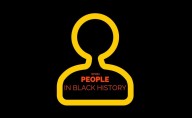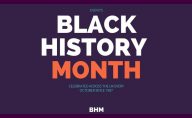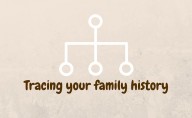About the Notting Hill Riots 1958
In 1958 Notting Hill in West London was the scene of the the first of Britain’s Race riots. It was at the same time the Conservative government was promoting open immigration from the Caribbean to fill job the country’s job shortages. As a result there was a Home Office and Scotland Yard cover up, leaving a legacy of distrust towards the police.
The number of Caribbean migrants arriving in London after the Second World War was rising and by 1961 there was an estimated 100,000 Caribbean residents in London. Notting Hill, North Kensington in the 1950’s was an area of slum housing, poverty and crime was rife, not the stomping ground for the wealthy with multi-million pound properties as it is today. Britain was short of labour and the government actively encouraged immigration calling for West Indians came to ‘the mother country’.
During this time a strong Caribbean community grew up in Notting Hill. Both poor white families and Caribbean families were at the mercy of unscrupulous landlords, like Rachman who became one on Britain’s most infamous landlords, giving rise to the term Rachmanism. There was rising hostility from young white working-class ‘Teddy boys’ towards the growing Caribbean community. Fascist, Right-wing groups fanned the flames, by distributing leaflets and holding meetings in the area, Sir Oswald Mosely, held meetings in the streets urging people to ‘Keep Britain White’.
By the summer of 1958, Notting Hill was the centre of a brewing unrest, the gangs of Teddy Boys were becoming increasingly violent toward anyone who was Black, and Caribbean shops and business were being attacked.
On 24 August, there were two incidents in Shepherd’s Bush and Notting Hill, involving white youths who had assaulted Black men, some of whom were seriously injured. In the week that followed, a group of white youths, armed with knives, iron bars, and other weapons, and intent on finding trouble. After their rampage they left a number of black men injured in hospital.
Days later on the 29 August 1958, things were going to get worse. It is generally accepted that the riot was finally sparked when a domestic dispute between a black man and his white wife. Majbritt Morrison, a young Swedish woman, was arguing with her Jamaican husband, Raymond, near Latimer Road Tube station. Morrison later wrote an autobiographical book, Jungle West 11 (Tandem Books, London 1964), which included details of her ordeal.
The crowds got involved, arguments escalated and by midnight violent clashes had began. A lynch mob of around 400 white men chased the Caribbean residents, who had now joined forces in to defend themselves, and attacked houses occupied by West Indians. petrol bombs and glass bottles were thrown. There were clashes each night, until the police eventually regained control on 5th September. Around 140 people were arrested, mainly white, but also Black victims who had been armed in self-defence.
In January 1959, five months after the riot, the first carnival was held indoors at St Pancras town hall in central London as an act of solidarity and defiant in response to the racist events. Claudia Jones among others, was central to organising the event which in 1965 became an annual outdoor parade in Notting Hill. The tensions of the riot were to stay and that May 1959, a carpenter from Antigua, Kelso Cochrane, was stabbed to death in Kensal Rise (then know as Kensal New Town) by a gang of white men. This was to be a social turning point, with more than 1,200 people, both black and white, attending his funeral, followed by Oswald Mosley losing the General election.
Further Reading – After 44 years secret papers reveal truth about five nights of violence in Notting Hill
Click here fore UK Black History Month events 2015



